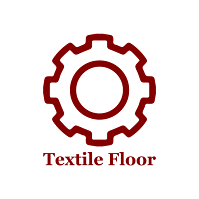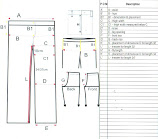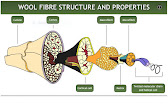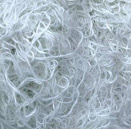What is TMU?
TMU, or Time Measurement Unit, is a standard unit of time used to measure and analyze work in industrial engineering. It is primarily used in methods-time measurement (MTM) systems for assessing and standardizing manual operations.
It is a small unit of time used in the Methods-Time Measurement (MTM) system. This system assigns a predetermined amount of time to basic motions, such as reaching, grasping, or moving an object, based on their complexity and effort required.









